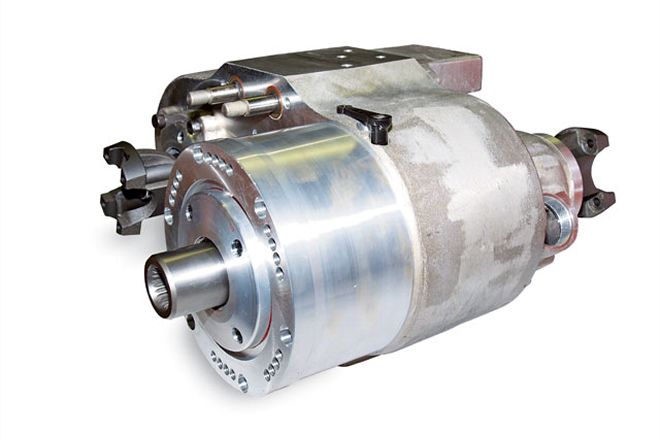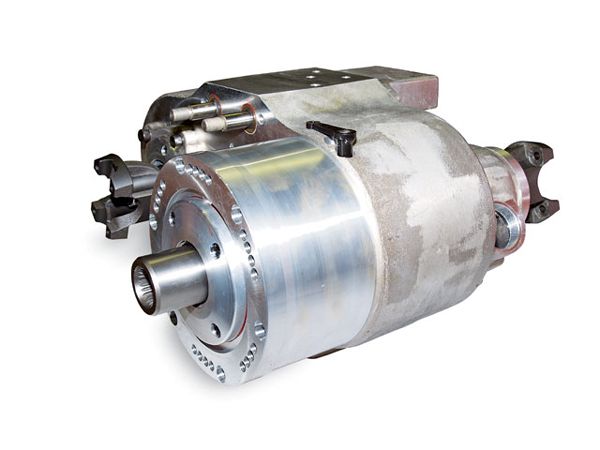

When Advance Adapters released its newest creation, the four-speed Atlas 4SP transfer case, we just had to get a look behind the scenes at what went into it. Our curiosity took us to Advance Adapters' home base in Paso Robles, California. The facility was awesome, full of eye candy that any hard-core wheeler could appreciate, with everything from custom company-owned project rigs to a machine shop containing $100,000 CNC machines, gear cutting equipment, and enough raw aluminum material to make a soda can for Paul Bunyan. Needless to say, we were impressed by our tour. Coincidentally, while we were there, a few of the 40 Advance Adapters staff were assembling the new Atlas transfer cases. So we asked if we could tag along and document the process. Check out what we learned.








 PhotosView Slideshow
PhotosView Slideshow











 PhotosView Slideshow
PhotosView Slideshow



